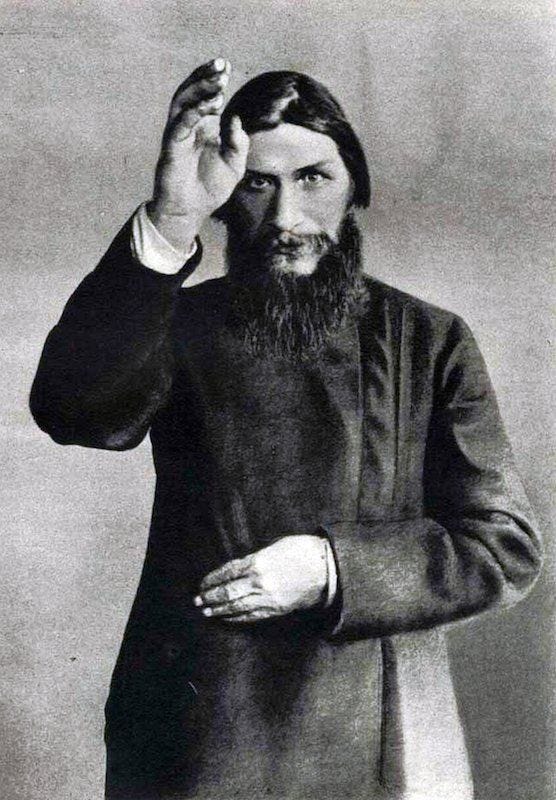Too Slick to Stick: The Fatal Flaw of the Teflon Don
How to dress to control your perception— without becoming a spectacle.
How the Decoy Effect shapes perception, dictates focus, and ensures you stay in control of your narrative.
A series exploring the psychology of personal style
“Honesty is a blunt instrument, which bloodies more than it cuts.”
Law 3: Conceal Your Intentions, The 48 Laws of Power by Robert Greene
John Gotti, one of the most notorious gangsters in American history, played the role of mafia kingpin with effortless charm. Unlike his predecessors in the Gambino crime family who thrived in the shadows, Gotti reveled in the spotlight— basking in the glow of paparazzi flashes, silks, and diamonds. While other bosses blended into their surroundings, Gotti dined at high-end restaurants, openly spoke to and courted the media, and flaunted the empire he presided over. He seemed untouchable— evading the FBI at each turn and earning himself the nickname The Teflon Don. He was handsome, charismatic, feared, adored, and utterly blinded by hubris.
While his predecessors cloaked their power in understated suits, cloaked inside of the shadows, Gotti had became a spectacle. He was too admired, too envied, too visible ever be able to survive. His overexposure made him an obsession for prosecutors, relentless to catch this man who had humiliated them time and time again.
When his downfall finally arrived, it wasn’t in a blaze of glory, but in the whispers of his grandmother’s apartment. A tape recording taken by his own men, his most trusted second-in-command, was handed over to the FBI without his knowledge. The blinding of his hubris blazed so brightly he never saw it coming.
Gotti’s downfall wasn’t inevitable—it was self-inflicted. He failed to recognize that true power isn’t about being seen; true power is about being in control of what others see.
His mistake wasn’t dressing well—it was dressing without strategy. Unlike Gotti, those who master perception understand that style isn’t just about expression; it’s about direction. This is where The Decoy Effect comes into play—a way to command attention while keeping your true power concealed.
The Decoy Effect: Using Statement Pieces to Distract and Control Perception
Misdirection isn’t just a trick of the eye, it’s a psychological principle that can shape how people perceive the world. In the realm of personal style, you can use this to your advantage by allowing your fashion choices to act as decoys— guiding attention where you want it to be by concealing vulnerabilities and/or intentions to align your appearance with your end-game.
How the Decoy Effect Works in Style
This works in three steps: drawing focus, diverting attention, and controlling your narrative.
Drawing Focus: The brain is wired to notice contrast and novelty. A statement piece, a bold necklace, oversized belt, red lip— these anchor attention, making them the focal point others will naturally be drawn to.
Diverting Attention: By controlling where people look, you shift their focus away from aspects you’d rather keep concealed—whether it’s an insecurity, hesitation, or hidden strength.
Controlling the Narrative: A statement piece doesn’t just attract attention—it shapes perception. It crafts a narrative about who you are while keeping other elements ambiguous.
One of the most famous practitioners of this was Rasputin.

A more noble example is Abraham Lincoln.

Like Rasputin, Lincoln understood that when people fixate on the surface, they fail to see what’s happening beneath it.
“Never attempt to win by force what can be won by deception.”
—Niccolò Machiavelli
Strategic Uses of the Decoy Effect
In Professional Settings
Lean into a classic, not stereotypical, look. Keep your shirts pressed, embrace more traditional attire, keep yourself nicely tended to. Loud, brand name items will diminish this appeal. Your goal is to dress in a way where you would look appropriate showing up just about anywhere. Weave your personality into details, such as buttons, jewelry, a signature color, etc.

Social Occasions
Wear something eye-catching that will be an easy conversation-starter. It will allow you to guide the flow of the evening without having to speak to or highlight anything you’re uncomfortable with, such as a blemish, a bad day, or any interpersonal issue.

Subverting Expectations
Lean in. Lean in to what makes you, you. This can be done with a statement piece, your background, a favorite color. Let people think what they want of you. If they dismiss you because of it, even better.

Let Gotti’s mistakes be a reminder
Power Lies in Mystery: When your style does not immediately reveal your intentions, you create an air of intrigue. This forces others to project their own assumptions onto you, granting you control over their perceptions and keeping them engaged without fully understanding your next move.
Ambiguity Creates a Psychological Advantage: When people cannot easily categorize you, they are more likely to respect, fear, or desire your presence. A carefully curated, enigmatic style prevents others from forming fixed expectations, ensuring that you remain unpredictable and, therefore, powerful. This is the art of distraction.
Style isn’t just about what you wear, its about how much of yourself you reveal. Your style is the poker face that you play to the world— use it wisely, and they’ll never see you coming. After all, even the most notorious gangsters learned the hard way: when you make yourself the spectacle, you also make yourself the target.
With great personal aesthetic,
Alexandra Diana, The A List
Additional Sources:
FBI, Gotti, Courtroom Footage, Wiretaps (1990),
How to Use Subtle Statements to Amass Great Power
First in a series inspired by The 48 Laws of Power









